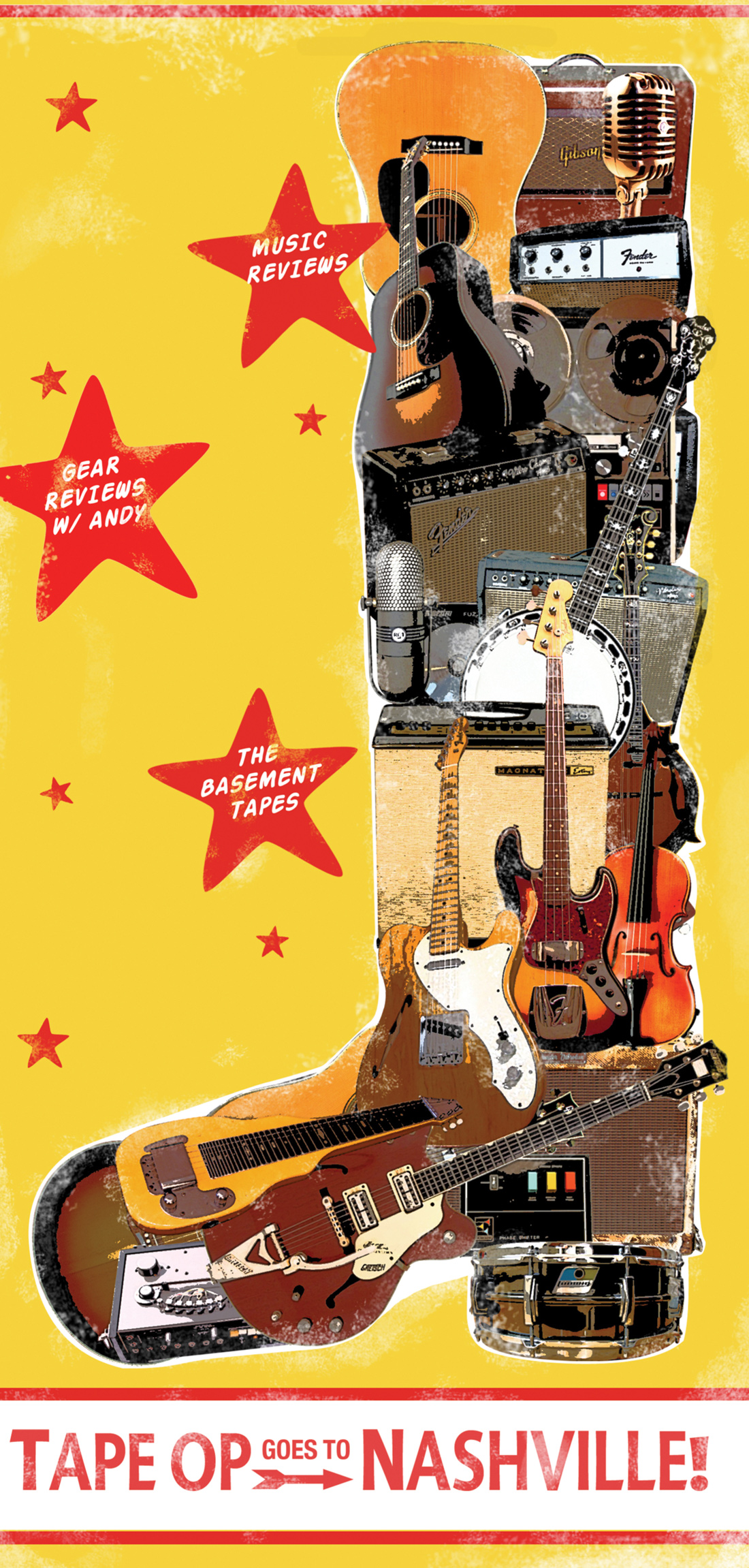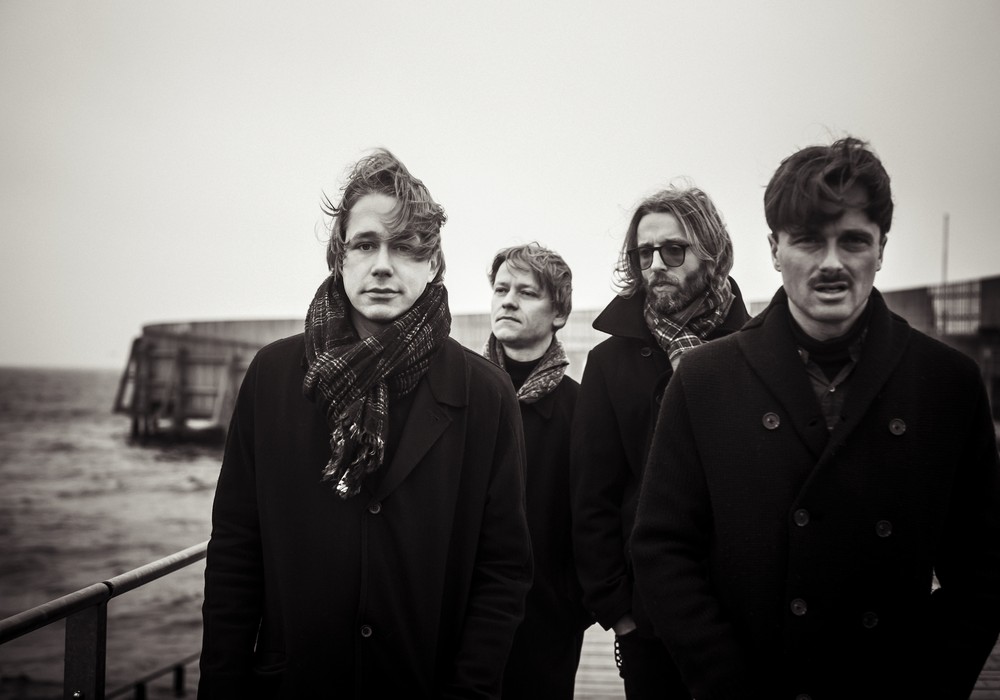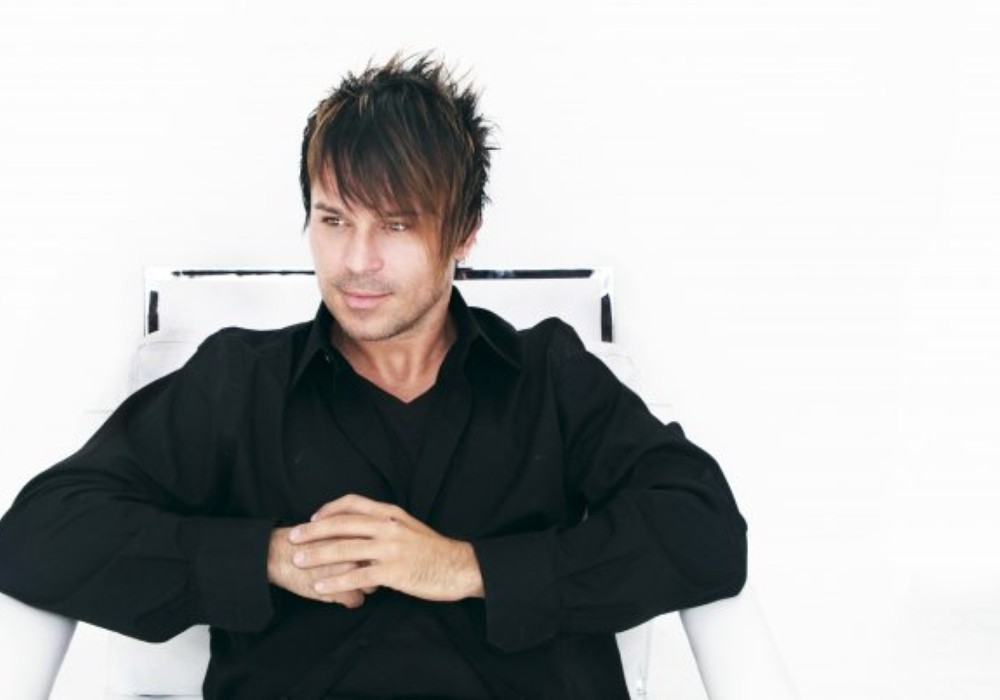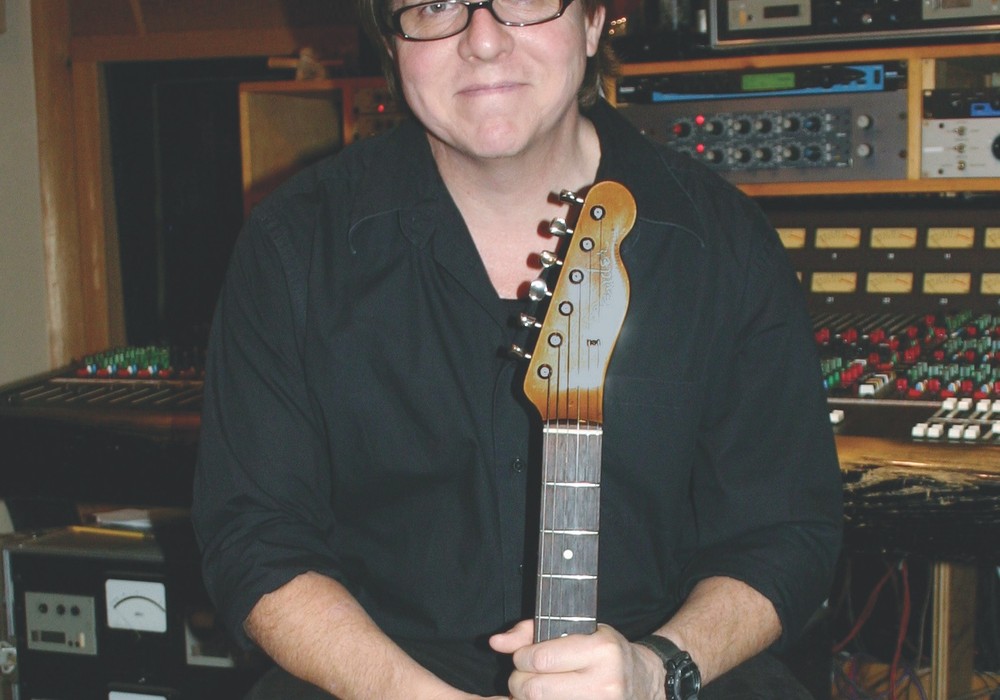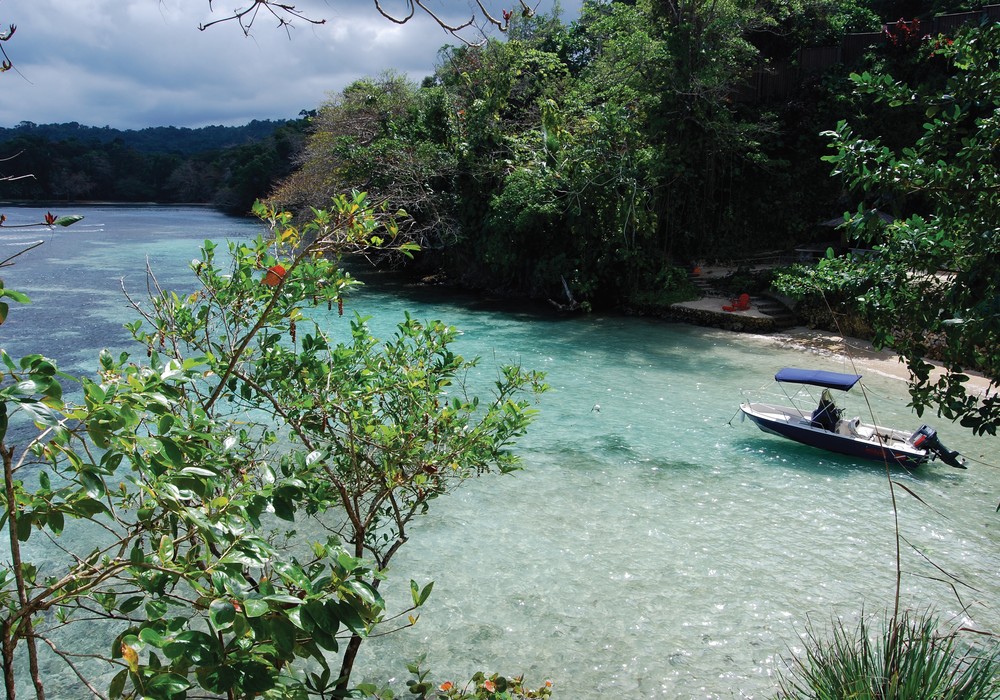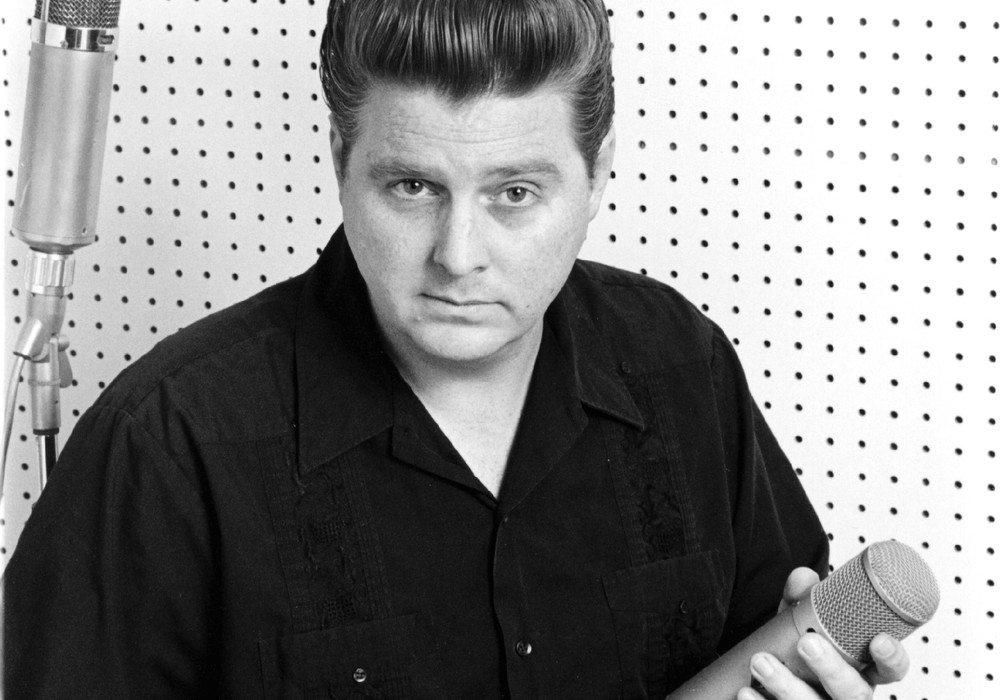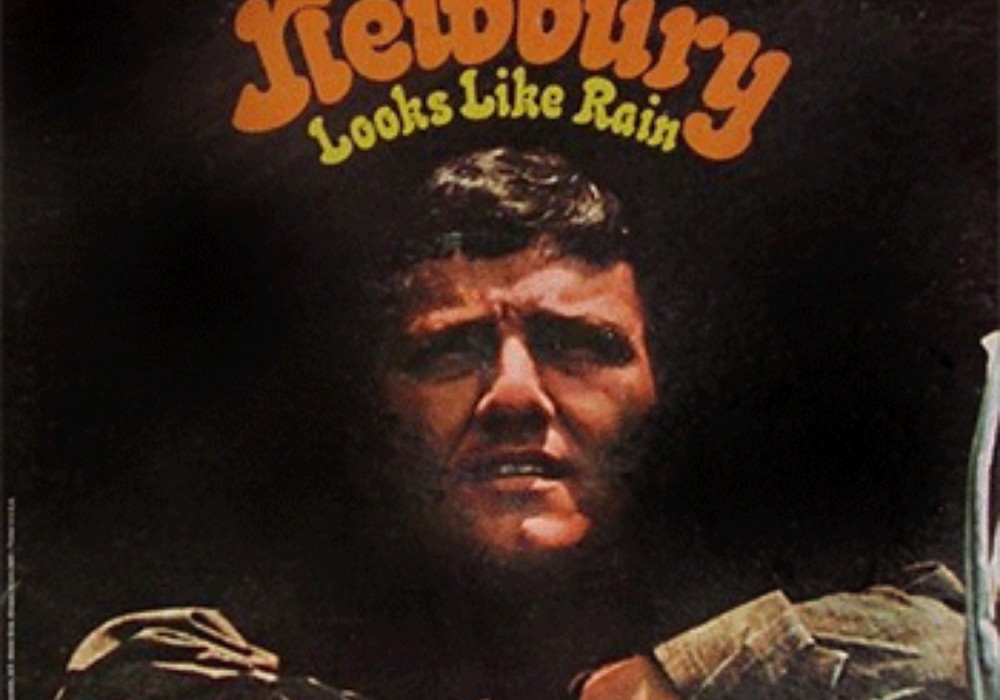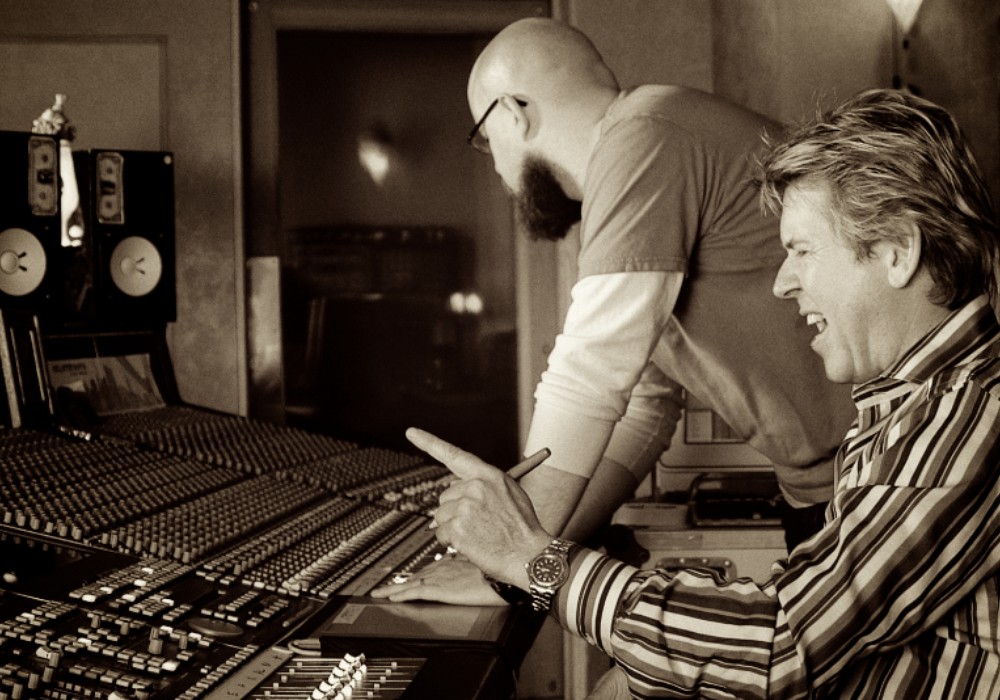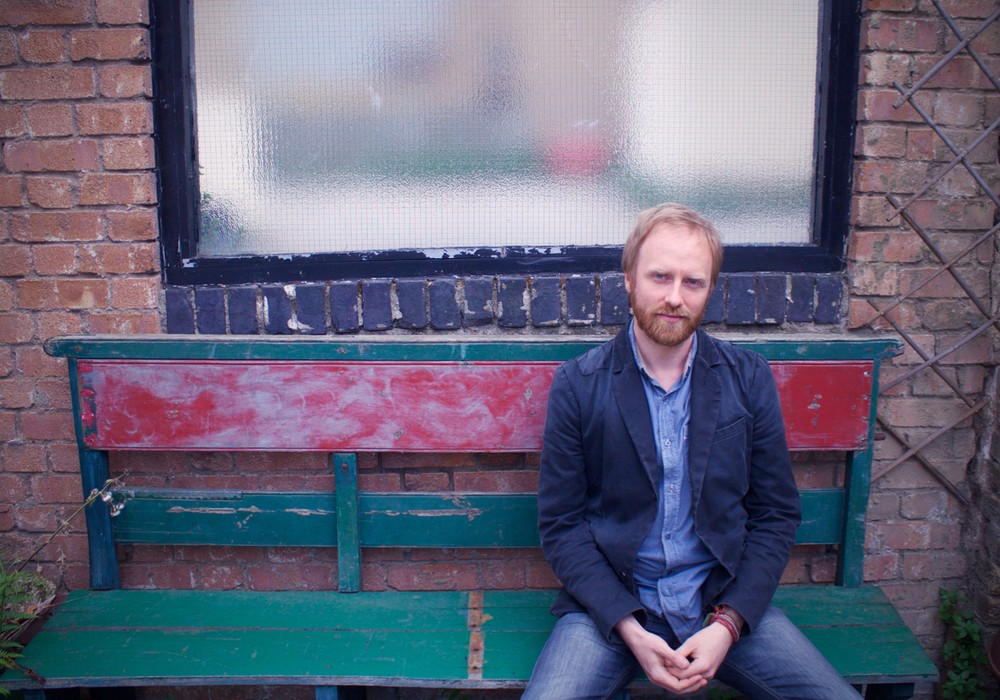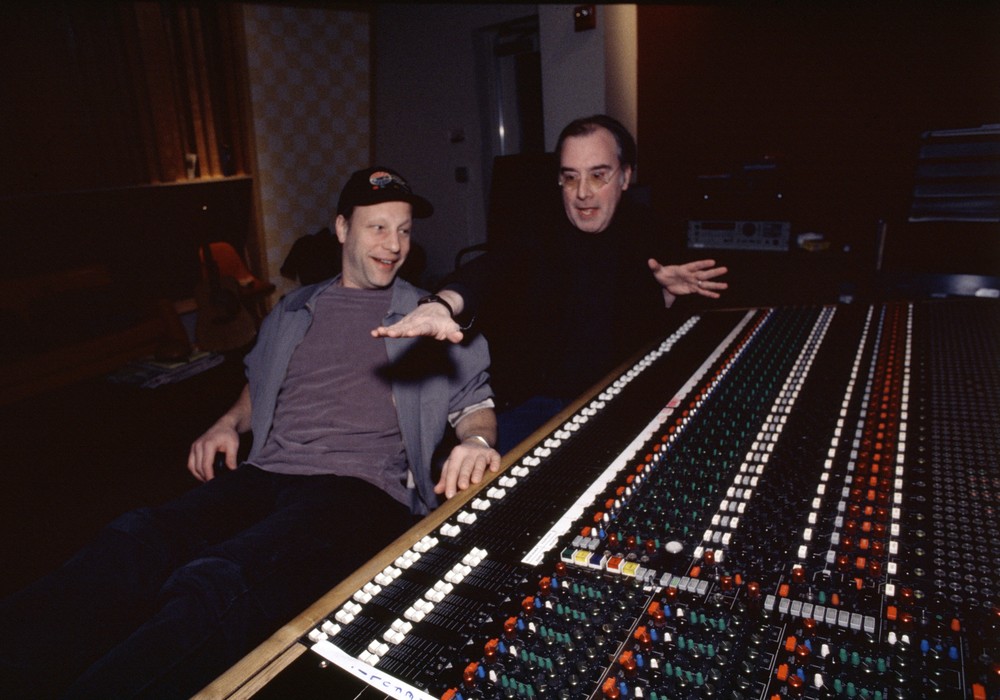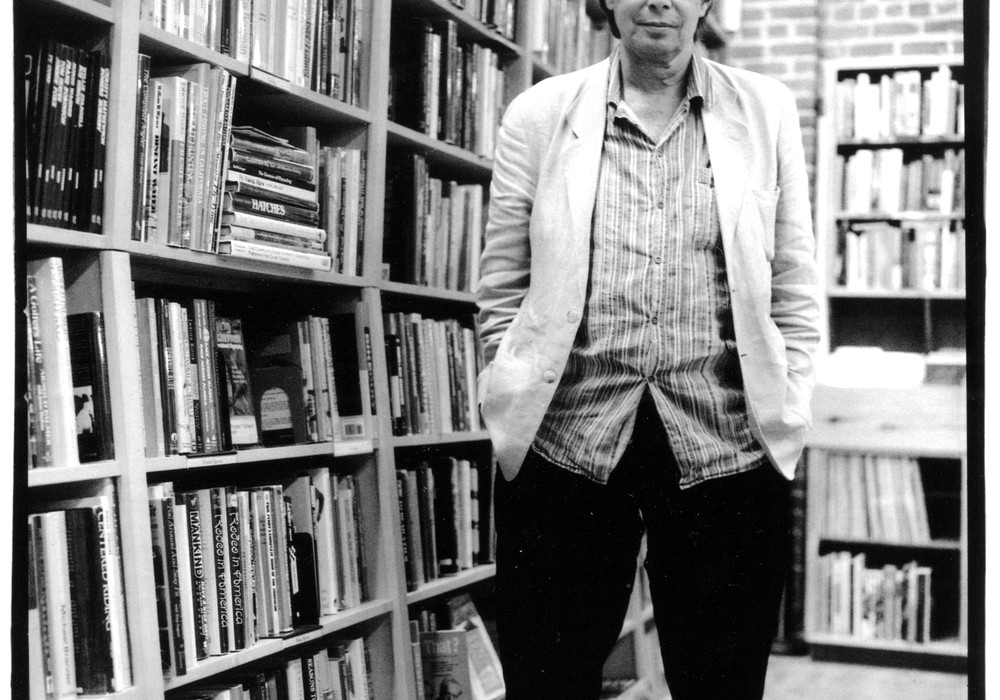Formed 20 years ago in a suburb of Copenhagen, Mew was first in a wave of indie bands to come out of Denmark. While their earliest recordings may hint at more challenging music to come, nobody could have anticipated that they would eventually create some of the most complex pop music ever made. Their songs effortlessly blend indie pop, prog, electronic, dance, and orchestral rock. The band wasn't afraid to play with time signatures, nor were they restricted by convention, only to reveal themselves after multiple listens. Slots supporting R.E.M. and Nine Inch Nails have elevated their status further. (R.E.M.'s Mike Mills once told me that "The Zookeeper's Boy" was one of his favorite songs of the last ten years.) They have been extremely active in the recording process, and have released many video snippets of their creative methods, going so far as to include a bonus DVD detailing the making of ...And The Glass Handed Kites with their concert film, Live In Copenhagen. The 2015 release of the album + - marks the return of bassist Johan Wohlert, who amicably departed in 2006, reuniting the unparalleled rhythm section that is him and drummer Silas Utke Graae Jørgensen, along with guitarist Bo Madsen. I sat down with singer and multi-instrumentalist Jonas Bjerre to discuss their history and surprisingly diverse collaborations, as well as the new album's journey from defunct auto garage, to the basement of a piano shop, to a high-end facility, to eventually helping to resurrect a legendary Copenhagen studio.
What was your first experience like in a proper studio?
There was a guy who came to one of our shows who was running a studio. He was a cool guy, and he came to visit us when we were recording the first full album. He did his recordings on Super VHS, had the whole studio in his house, and was really into the Amiga computer. He didn't believe in PCs or Macs; he wanted to keep it all on the Amiga. It had these programs that had four tracks called FastTracker. We'd just take sounds from different computer games and make it into music. Some of them are on the A Triumph for Man re-issue as bonus tracks.
Where did you record A Triumph for Man?
Here in Copenhagen, in a studio called El Sound; like Electric Sound, but people like to joke and call it "El SOUND," like it's Spanish. I'm not sure if it's there anymore. It was small, but it sounded great compared to what we were used to. I think they had a small Trident console. Morten Bue was engineering. He was cool and he helped a lot of bands like us who were coming out at the same time.
How did you end up getting involved with Damon Tutunjian [of the Swirlies] at that time?
We saw the Swirlies at a festival and just loved them. It was massive and you could hardly hear the vocals, but they made a huge impression on us. We talked to [bassist] Andy Bernick afterwards. Later, from reading magazines, we figured out that Damon was their engineer and recordist. He wanted to have Rich Costey come over to do our record with him, but he couldn't get him at that point, so Damon came by himself and did it with us. He's been involved with the band ever since, and he's always done something on most of the records. He did backing vocals on "156," and a guitar part on another song on [our third album] Frengers. On our second record, he did a spoken word part, which was cut out on some of the releases. I think it's only on the first issue of that album, because it's silly. He did a guitar part on [our fourth album, ...And The Glass Handed Kites'] "Apocalypso". We feel like if he's not involved, we'll jinx it. We have our own little studio, and he has a lot of old gear there.
The whole approach to recording Mew and Swirlies records seems very different!
He was probably most influential on the first record. We had our own idea about what we should be, as a band. I always did things like singing in one register and then doubling it with falsetto. We were very inspired by bands like Swirlies, as well as lots of noise rock bands like Dinosaur Jr., but I don't know how much of that comes through. I think that Damon made that record a little more explosive sounding. He had an influence on the drumming as well, doing these weird breaks where you'd do a snare march on the one, which is also very evident in Swirlies.
Where was Frengers recorded?
A lot of different places. We wanted to work with Rich Costey, but the label wanted to make sure that it was going to sound "right." First they flew him here to do one track, which was "Snow Brigade." We did that at [Copenhagen's] Sun Studio, which is where we worked on the new record, only it's called STC Studios now. Doing that track with Rich was a real revelation. We never knew we could sound so big. It was just really a massive sound, which fit that song well. They were very happy with it, so we decided to do three more tracks. Rich was supposed to fly here, but 9/11 happened and changed a lot of the scheduling. We ended up flying to L.A. and working in a studio in the valley, which had a Neve. We did "Am I Wry?", a new version of "She Came Home for Christmas," and a couple of B-sides. The label...
